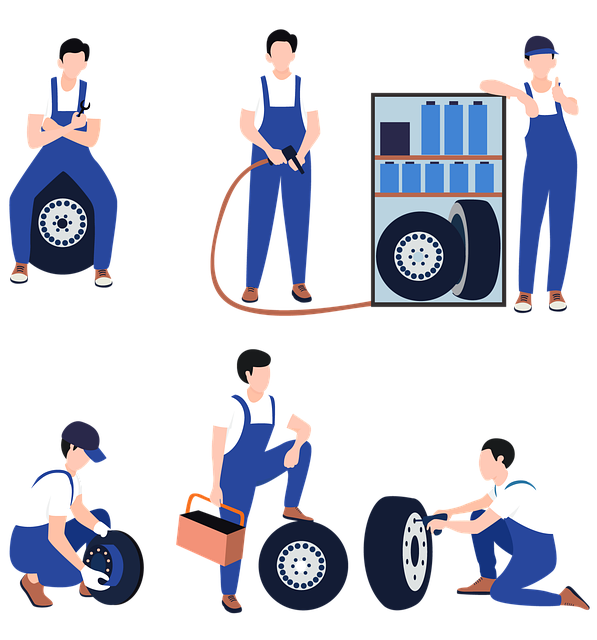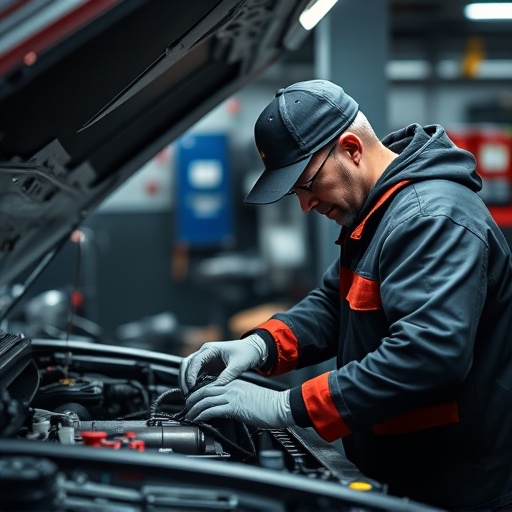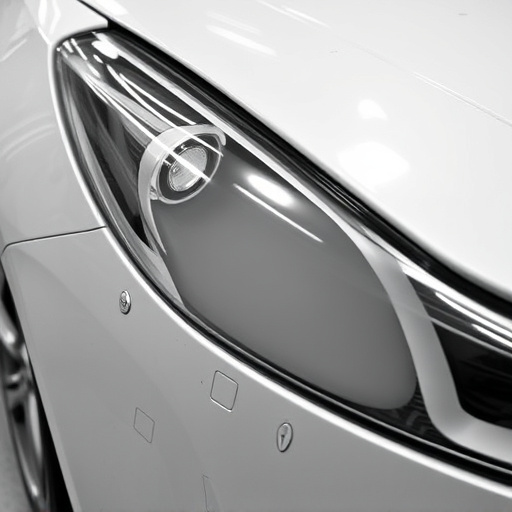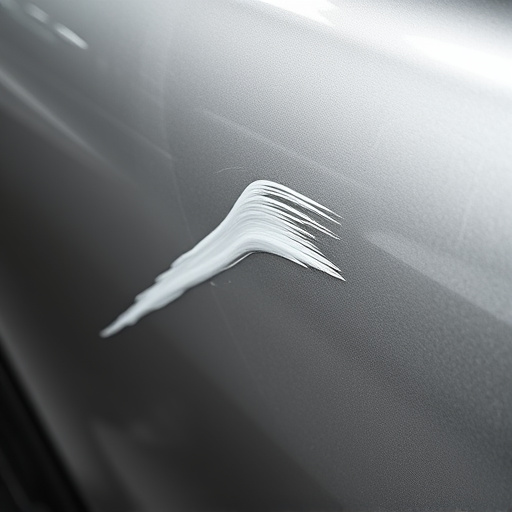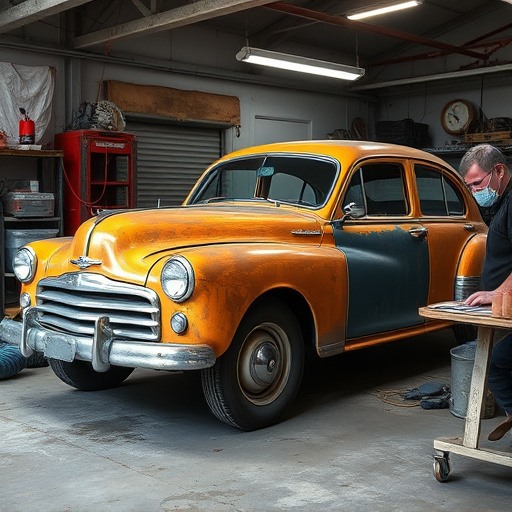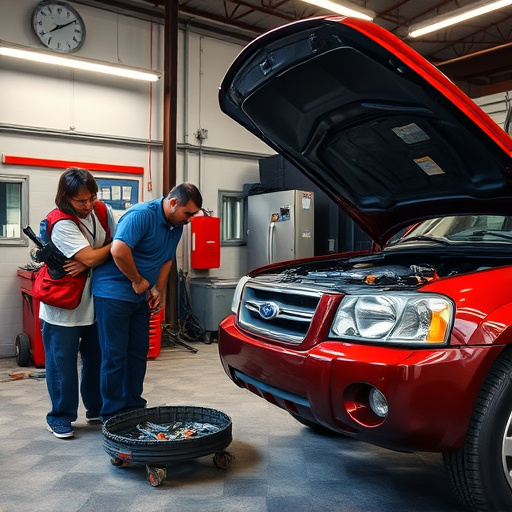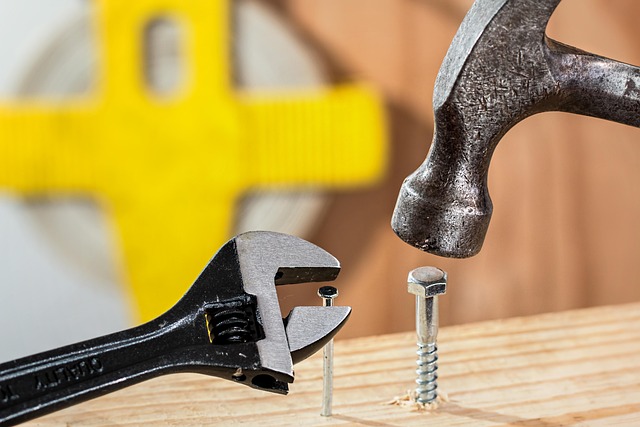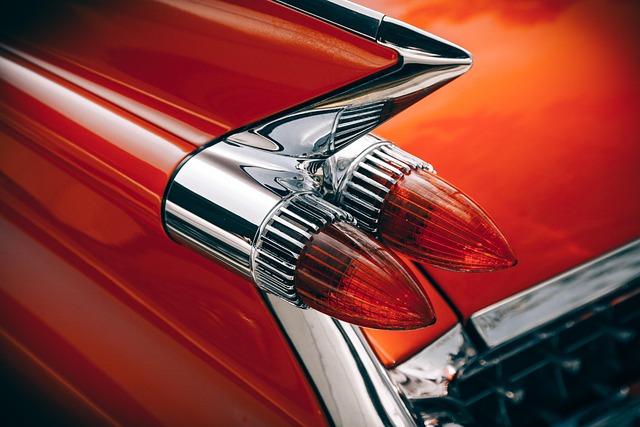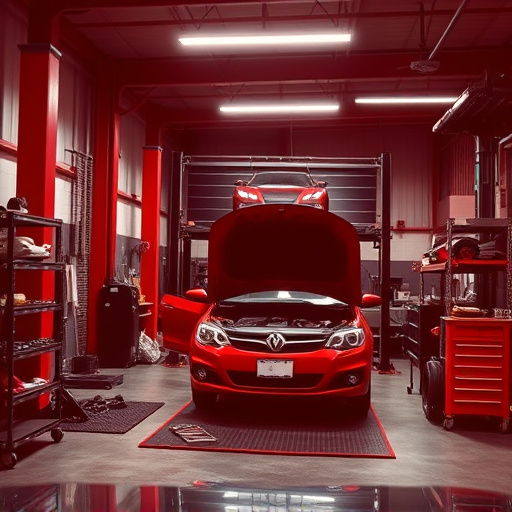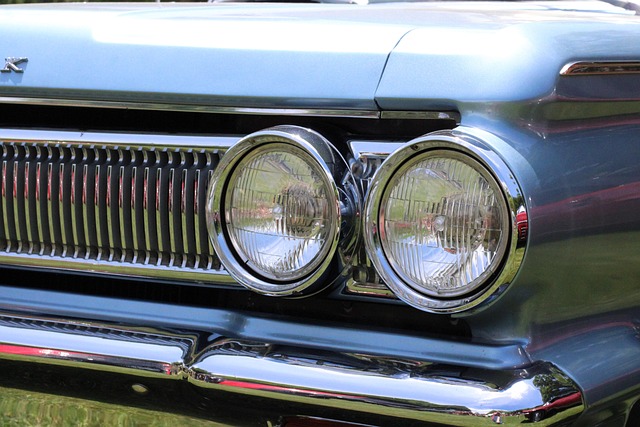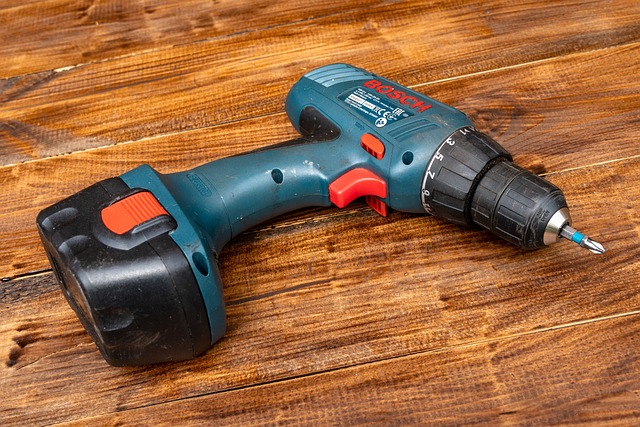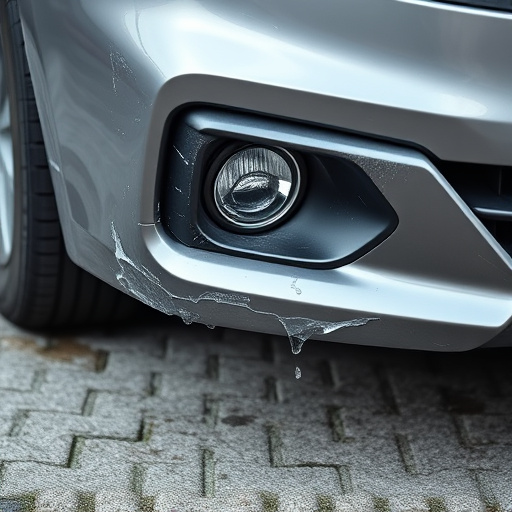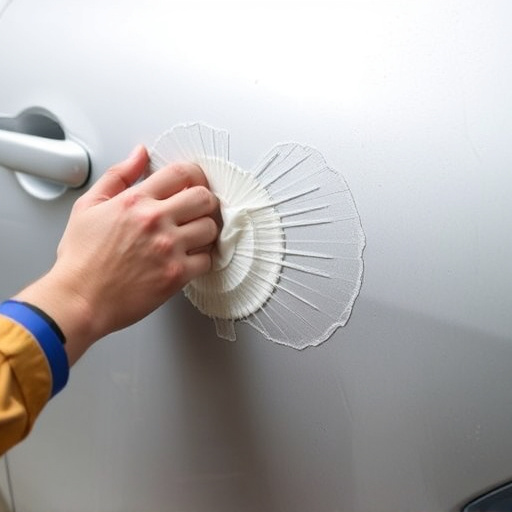During a full panel replacement, adhering to industry standards is crucial for both structural integrity and aesthetic appeal. Skilled technicians use authentic parts, proper bonding techniques, and meticulous finishing to maintain vehicle safety and resale value. In the digital realm, API interactions are vital, but issues like status code 504 Gateway Timeout require prompt resolution through systematic troubleshooting to ensure a seamless replacement process.
In today’s digital era, ensuring a seamless and efficient full panel replacement procedure is paramount for any industry. This comprehensive guide delves into the industry standards governing these processes, offering a detailed roadmap for professionals navigating this critical maintenance task. From pre-replacement assessments to post-installation checks, we explore best practices designed to enhance safety, minimize downtime, and optimize performance, making it an indispensable resource for anyone involved in full panel replacement procedures.

When considering a full panel replacement, it’s crucial to understand industry standards for procedures. This process involves more than just swapping out a damaged or old panel; it requires meticulous planning and execution. Skilled technicians must assess the entire vehicle’s structural integrity, ensuring that the new panel seamlessly integrates without compromising safety or aesthetics. The goal is to maintain the vehicle’s original appearance and performance, making the full panel replacement a delicate balance between art and science.
Industry standards dictate rigorous quality control measures throughout the process. This includes using authentic parts that meet or exceed manufacturer specifications, proper bonding techniques for long-lasting adhesion, and meticulous finishing to match the vehicle’s original paint job. By adhering to these standards, technicians guarantee not only the structural integrity of the vehicle but also its resale value and the driver’s peace of mind.
API responded with status code 504.

When conducting a full panel replacement procedure, it’s crucial to understand and adhere to industry standards to ensure optimal results. API interactions are a significant aspect of this process, particularly when dealing with modern digital systems. A common issue that technicians may encounter is an API responding with a status code 504 Gateway Timeout. This indicates a delay in communication between the client and server, which can be attributed to various factors such as network latency or server overload.
In the context of full panel replacement, addressing this issue promptly is essential. It requires a systematic approach to troubleshooting, including checking network connectivity, verifying server load, and potentially optimizing API endpoints. By implementing efficient solutions, technicians can resolve the 504 error, ensuring a seamless continuation of the replacement procedure.
In conclusion, understanding industry standards for full panel replacement procedures is paramount for ensuring quality and safety in the automotive sector. By adhering to these guidelines, professionals can efficiently navigate complex processes, from initial assessment to final installation, providing long-lasting solutions for vehicle owners. This article has highlighted the key steps and considerations, emphasizing the importance of a comprehensive approach to full panel replacements.
